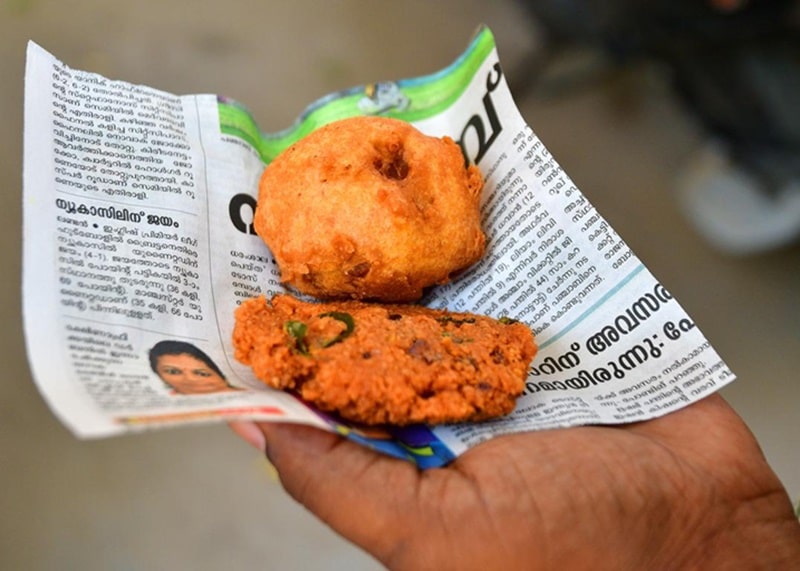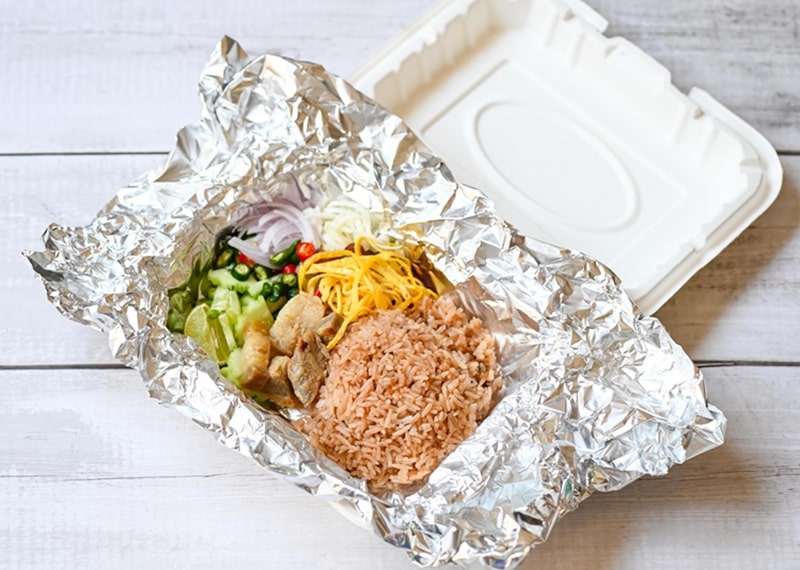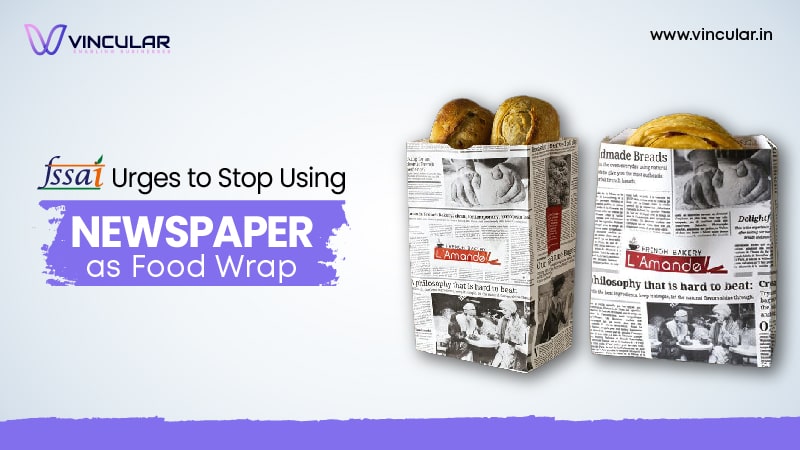Using newspaper as food wrap is a very common practice in India. It is considered a cheap, easy and recyclable option.
But do you know wrapping food in newspapers is an unhealthy practice, and eating such food is harmful to one’s health, even if the food has been cooked hygienically?
It is progressively poisoning Indians since it is a common food packing material used by small hotels, merchants, and households in place of absorbent paper.
So, the Food Safety and Standards Authority of India (FSSAI) has “strongly urged” consumers and food vendors across the country to stop using newspapers for packing, serving or storing items.
According to the Food Safety and Standards (Packaging) Regulations, 2018, the use of newspapers or similar materials for storing and wrapping food is strictly prohibited.
It specifies that newspapers should not be used to wrap, cover or serve food nor to absorb excess oil from fried food.
In this article, we will analyze why we should avoid using newspapers as food wrap, what health risks they can pose to us, and how we can overcome them.
Why Newspaper as Food Wrap is Hazardous to Health?

Newspapers can pose health risks when used as food wrappers due to several factors:
1. Ink and Chemicals
Newspapers use ink that contains potentially harmful chemicals like lead and other toxins.
When these substances come into contact with food, especially moist or oily items, there’s a risk of the ink transferring onto the food.
2. Microbial Contamination
Newspapers can harbour bacteria, fungi, and other microorganisms.
When used to wrap food, these microorganisms can transfer onto the food, leading to contamination and potential foodborne illnesses.
3. Absorption of Harmful Substances
Newspapers are not food-grade materials. So, they can absorb substances from the printing ink, including harmful colours, pigments, alcohol, binders, additives and preservatives which can pose a potential risk to human health.
4. Risk of Allergic Reactions
Some individuals may have allergic reactions to the ink or other components present in newspapers, leading to health issues when these substances come into contact with food.
5. Alternation and Food Odour
Aside from the heavy metals that are transferred from the ink to the food wrapped in newspaper, the paper’s smell can also be transferred to the food, altering its taste.
Health Problems Caused by Using Newspapers as Food Wraps

Using newspapers as food wraps can indeed lead to a range of health problems due to the ink and chemicals used in printing.
The ink contains substances like lead, cadmium, and other harmful chemicals that can transfer onto the food and cause various health issues which are as follows:
- Increase the risk of developing cancer upon ingestion.
- Digestive issues like vomiting, diarrhoea, and abdominal pain as the body reacts to these substances.
- Hormonal disruption can lead to imbalances in estrogen, testosterone, and other crucial hormones, affecting reproductive health and potentially causing issues like irregular menstrual cycles, decreased sperm quality, or even more severe complications.
- Severe toxicity from prolonged exposure can damage vital organs such as the liver, kidneys, and nervous system.
- Skin Reactions like skin irritations, rashes, itching, or other allergic reactions upon contact.
- Neurological problems like headaches, dizziness, and impaired cognitive function.
Actions you can Take to Stop Using Newspaper as Food Wrap

Stopping the use of newspaper as food wrap is a good step toward safer food practices. Here are some actions you can take:
1. Switch to reusable food wraps like beeswax wraps, silicone food covers, or reusable cloth covers.
These can be washed and reused multiple times, reducing waste and eliminating the need for a newspaper.
2. Use food-grade wrapping materials like parchment paper, butcher paper, or aluminium foil as they are specifically designed for food wrapping.
3. Use airtight containers to keep food fresh without the need for additional wrapping.
4. Educate friends and family about the potential health risks of using newspapers as a food wrap. Encourage them to adopt safer alternatives.
5. If you have newspapers at home, recycle them responsibly rather than using them as food wrap.
6. Encourage local businesses and grocery stores to opt for environmentally friendly packaging options. Your consumer choices and requests can also influence their decisions.
7. Share information about the dangers of using newspapers for food wrapping on social media or in your community. Increasing awareness can lead to collective efforts toward safer practices.
Transitioning away from harmful practices like using newspaper as food wrap contributes to a healthier environment and better food safety.
Moreover, making small changes can have a significant impact over time.
If you want to stay up-to-date with the latest trends and notifications on regulatory compliance then subscribe to our Newsletter and WhatsApp Channel or watch our Publication Space.




